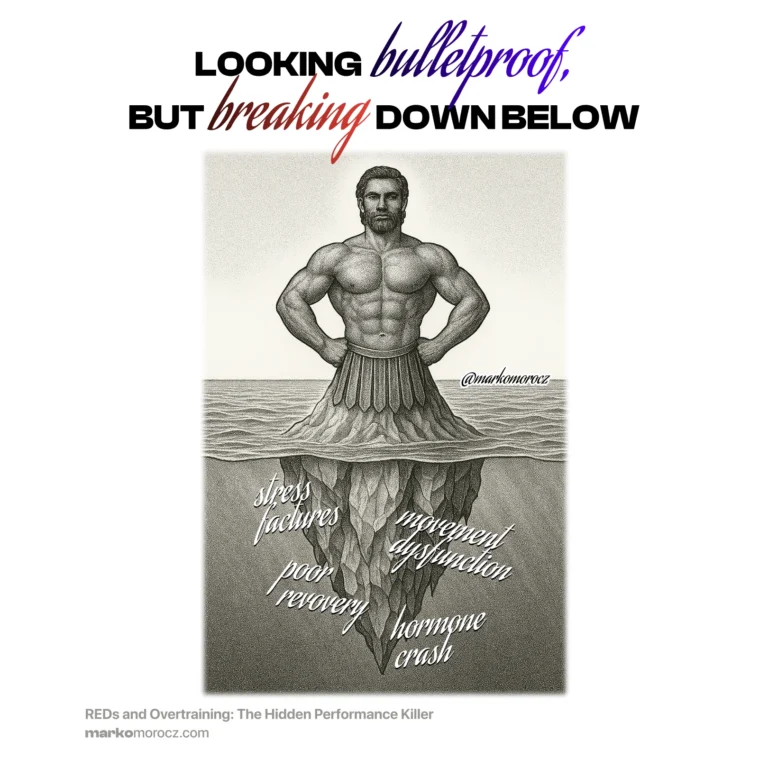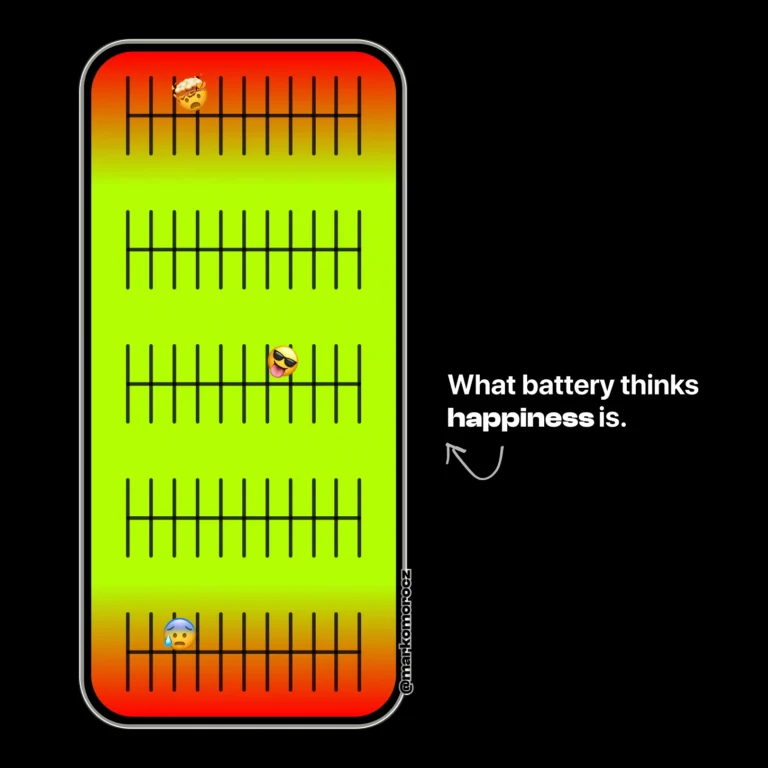Long Sleeves Keep You Cooler In The Sun—Stop Fighting Science
Sun blazing. Sweat pouring. You’re burning up on your bike.
Your instinct? Strip down. Less fabric, more cooling. Right?
Wrong.
You’ve been playing the wrong game. While you’re peeling off layers like a banana, the smartest athletes—and entire desert civilizations—have known the truth for millennia.
More coverage = more cooling.
Not sometimes. Not in theory. Always, when done right.

The Cooling Misconception
Every summer, millions of cyclists, runners, and athletes torture themselves with the same delusion.
Less clothing = less heat.
But here’s the brutal truth from thousands of years of desert survival and modern sports science. In direct sun, long sleeves keep you cooler than short sleeves when the clothing is properly designed.
The Bedouins didn’t accidentally survive thousands of years in 120°F+ (49°C+) deserts by making fashion mistakes.
Harvard researchers proved that fabric technology beats color. Bedouins stay equally cool in black or white robes. It’s the design that matters.1
You’re not fighting the sun. You’re fighting your own ignorance.
The Physics Your Brain Ignores
Your skin is absorbing massive amounts of solar radiation right now. Think about it.
Full solar insolation delivers about 1,000 watts per square meter to your body. That’s like having a hairdryer permanently pointed at every inch of your exposed skin.2
Your body responds by:
- Cranking up sweat production
- Diverting blood flow to your skin
- Working overtime to dump the heat load
Meanwhile, a proper long-sleeved jersey creates a barrier between your skin and the sun’s rays. It absorbs and reflects that radiation instead of your skin.
This reduces the solar load on your cooling system.
Less solar load = less work for your cooling system = more energy for performance.
The Desert Strategy: Ancient Wisdom, Modern Performance
Desert peoples figured this out long before moisture-wicking fabric existed. Their strategy is brilliant.
- Outer layer blocks solar radiation: prevents your skin from becoming a heat absorber
- Air gap creates insulation: keeps heated fabric away from your body
- Loose fit enables convection: hot air rises and escapes, creating natural ventilation
- Large surface area enhances evaporation: more fabric means more evaporative cooling
Modern technical fabrics amplify this ancient wisdom.
Technical synthetics draw sweat away from your skin and spread it across a larger surface area. As air flows over this larger, wet surface, the sweat evaporates more efficiently.3
Think of it as upgrading from a basic radiator to a high-performance heat exchanger.
The Performance Data
This isn’t just theory. Elite endurance athletes have known this secret for years.
- Cycling pros use long-sleeved jerseys with UPF 50+ ratings
- Trail runners choose lightweight long-sleeve shirts that feel cooler than short sleeves in direct sunlight
- Desert racers swear by ultra-light long-sleeved shirts for superior cooling
The math is brutal: A four-hour ride at midday exposes you to roughly 20 times the UV radiation needed to burn. That’s 20x the heat load on your cooling system when you’re exposed.
The Fabric Science That Changes Everything
Not all long sleeves are created equal.
The champions:
- Technical synthetics: Lycra and polyester with tight knits
- Merino wool blends: Natural breathability with moisture-wicking
- Specialized treatments: Coldblack technology that lowers surface temperature
The failures:
- Cotton (among the worst performers)
- Thick, non-breathable fabrics
- Poor-quality synthetics
For Life Outside Sports: The Linen Liberation
What if you’re not crushing intervals? What if you’re just living—walking, gardening, exploring?
Enter linen. The fabric that clothed pharaohs and still outperforms modern materials for casual hot-weather activities.
Why linen dominates for non-sports activities:
- Natural breathability through loose weave creating microscopic air channels
- Absorbs up to 20% of its weight in moisture before feeling wet4
- Works best when loose, creating natural air gaps for enhanced cooling
- Provides UPF 30-50 protection depending on weave
The Rule: For sports, choose technical synthetics. For daily life in heat, choose quality linen. Both prove the same principle: intelligent coverage beats foolish exposure.
Your Cooling Arsenal: From Theory to Performance
Dress for the task.
For Cycling:
- Long-sleeved technical jersey with UPF 30+ rating
- Tight technical fabrics for aerodynamic advantage and consistent moisture management
- Loose fits for maximum air circulation during casual riding
For Running:
- Lightweight long-sleeve shirts with UPF 50 ratings
- Breathable synthetics or merino wool blends
- Thumb holes for complete hand coverage (or gloves if you wear a watch)
Tip: Get your clothes wet. It’s more effective to get your jersey and clothes wet than your skin. Fabrics hold more water and extend the period of evaporative cooling. In shades at high speed you can even feel cold in peak summer.
For Daily Life:
- Quality linen long-sleeves for breathability and natural cooling
- Loose fits to maximize convection cooling
The Variable Conditions Reality
In very humid conditions, sweat doesn’t evaporate as readily. But even then, proper long-sleeved gear wins because:
- Solar radiation blocking still reduces heat load
- Quality fabrics still wick better than skin alone
- Protection prevents the additional heat load of sunburn
Know your conditions. Adapt accordingly.
The Bottom Line: Stop Fighting Ancient Wisdom
Cowboys, Bedouins, and Apaches all used loose layers in the heat. They have thousands of years of experience in extreme conditions.
Modern sports science confirms what desert peoples have always known: proper coverage beats exposure when the sun is your enemy.
Your choice is simple.
Keep cooking yourself with short sleeves while fighting basic physics.
Or embrace the counterintuitive truth and stay cooler with intelligent coverage.
The sun doesn’t care about your fashion preferences. Your performance shouldn’t either.
Your next summer adventure awaits.
Choose science. Choose performance. Choose coverage.
Got insights about your own summer gear discoveries? Drop them below—let’s cool down the myths together.
References
- Shkolnik, A., Taylor, C. R., Finch, V., & Borut, A. (1980). “Why do Bedouins wear black robes in hot deserts?” Nature, 283(5745), 373-375. ↩︎
- NREL. (2020). “Solar Radiation Data Manual for Flat-Plate and Concentrating Collectors.” National Renewable Energy Laboratory. ↩︎
- Bartels, V. T. (2005). “Physiological comfort of sportswear.” In Textiles in sport (pp. 177-203). Woodhead Publishing. ↩︎
- European Confederation of Flax and Hemp. (2019). “Physical and mechanical properties of linen fibers.” Technical Data Sheet. ↩︎





